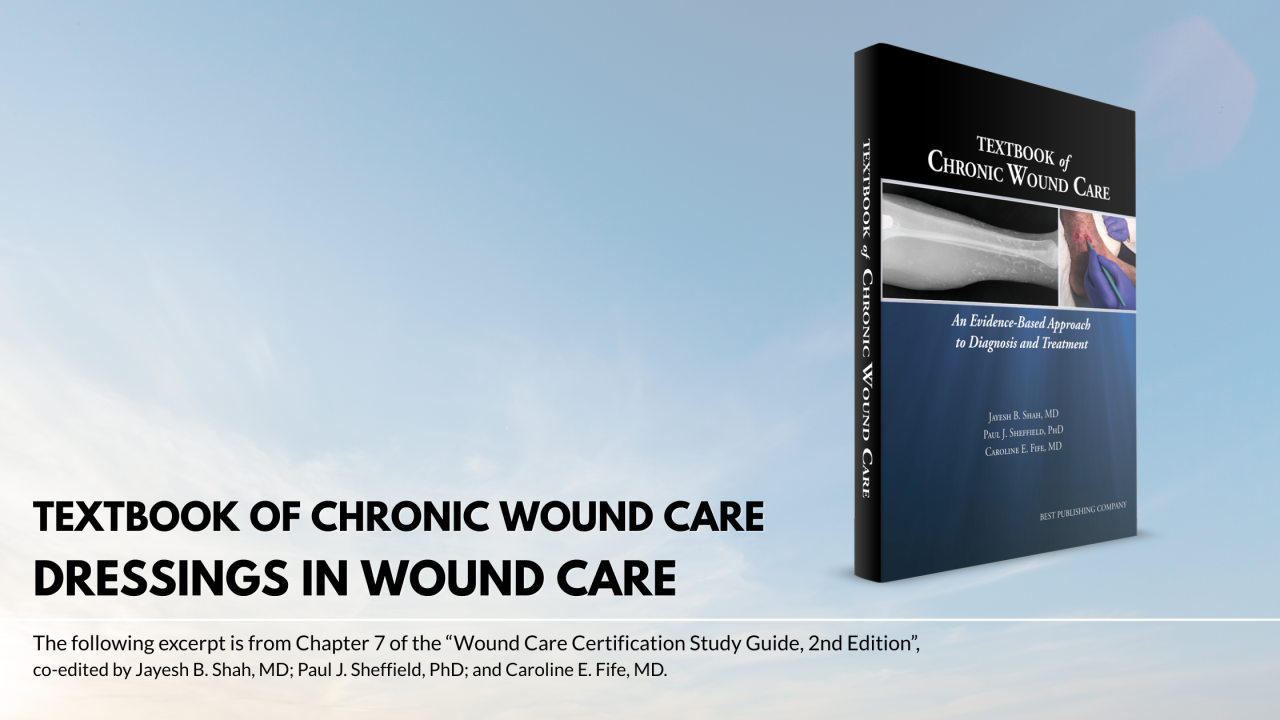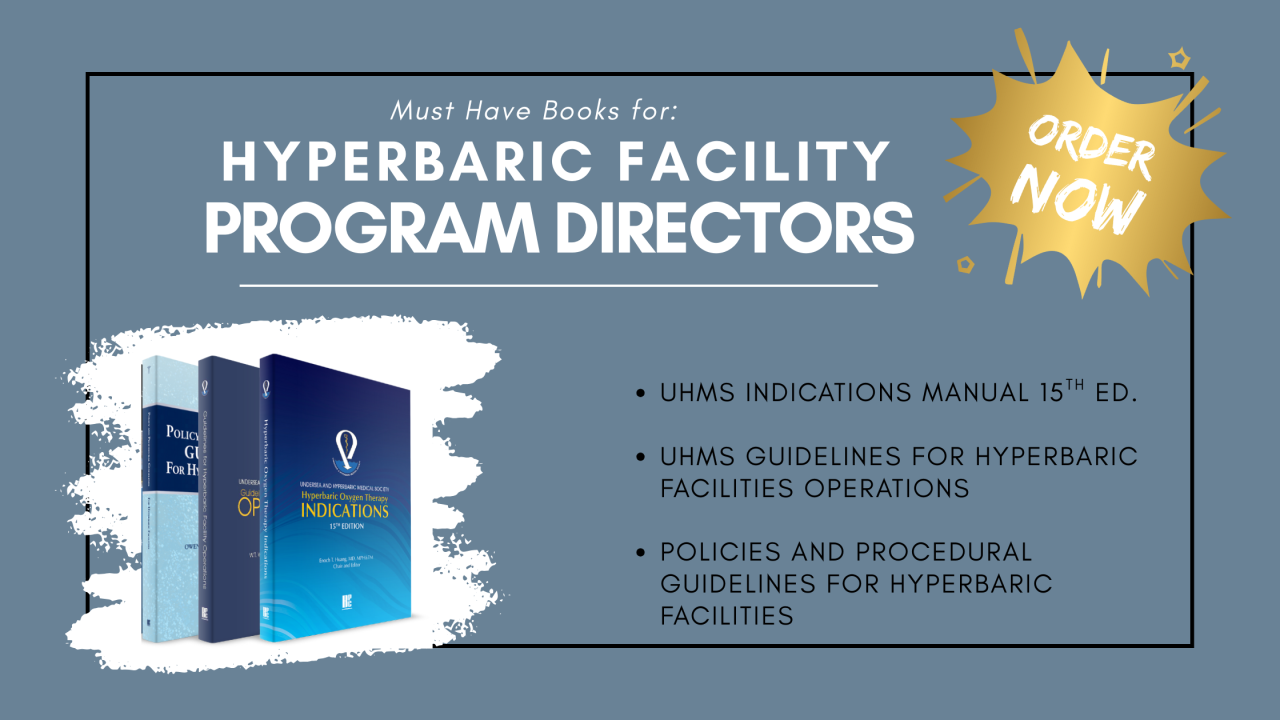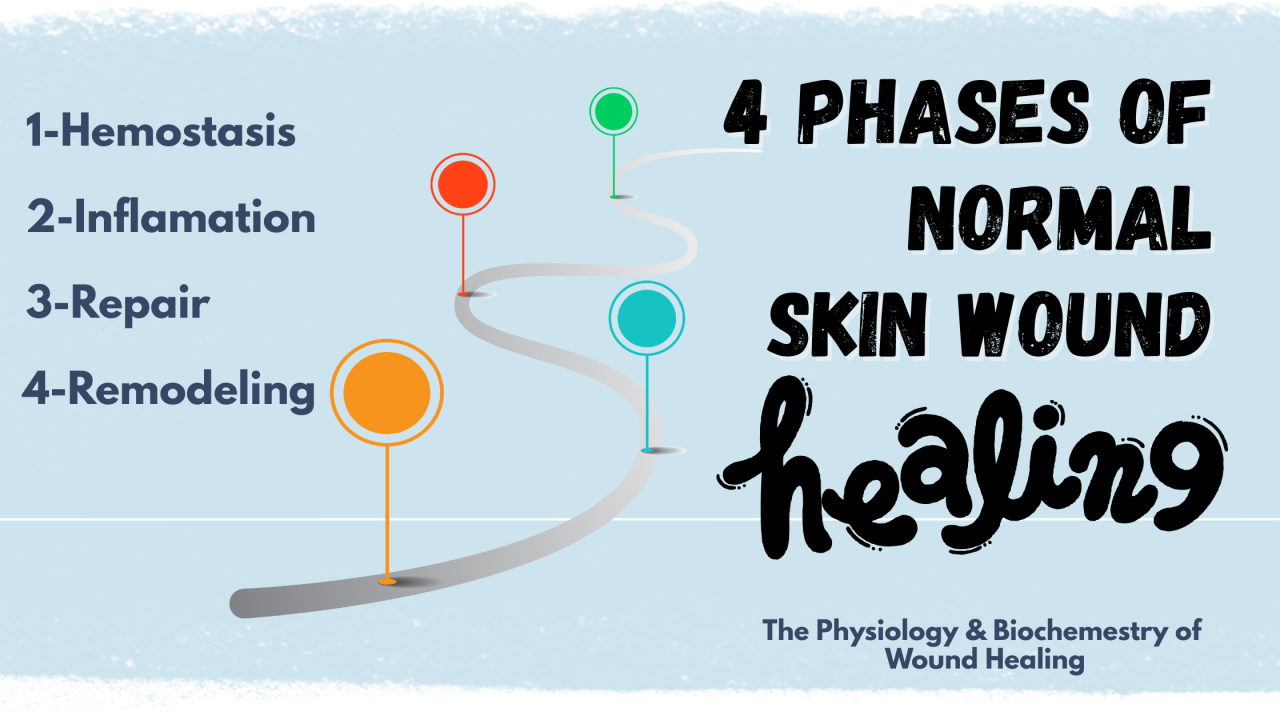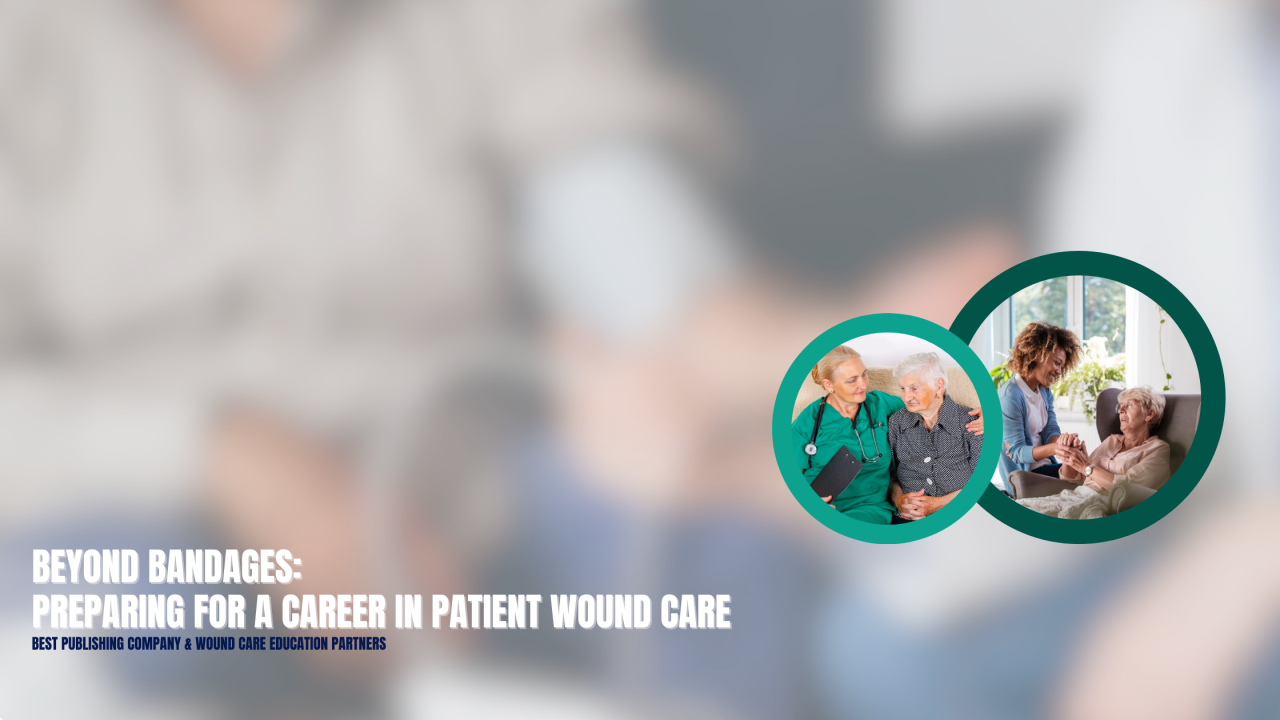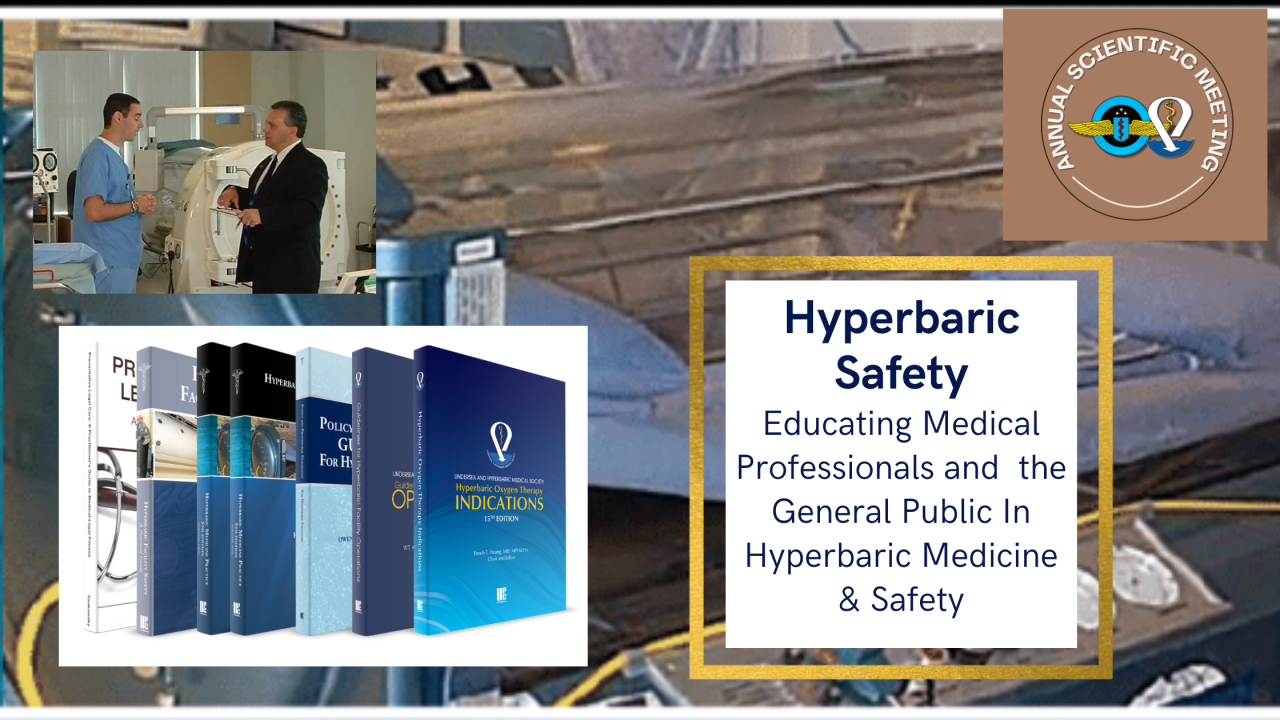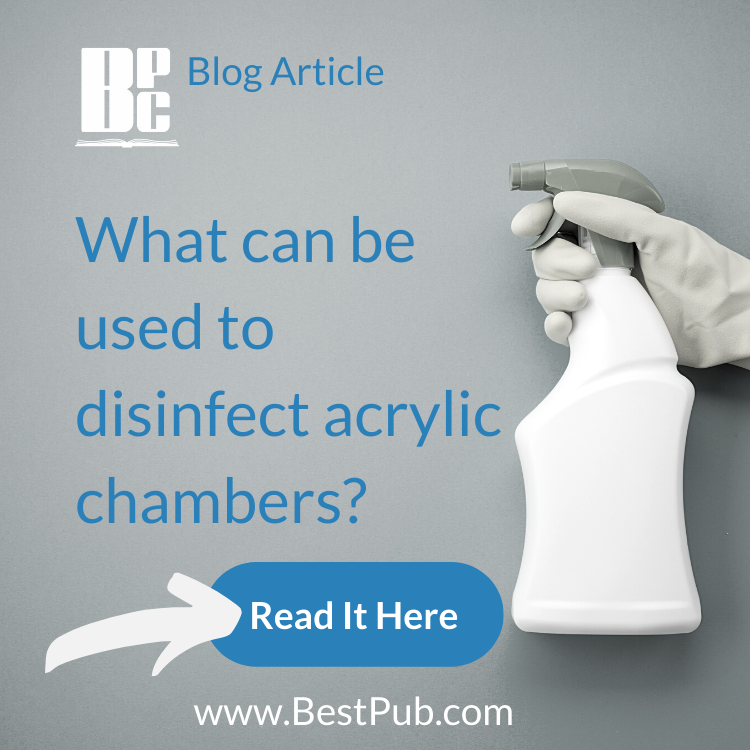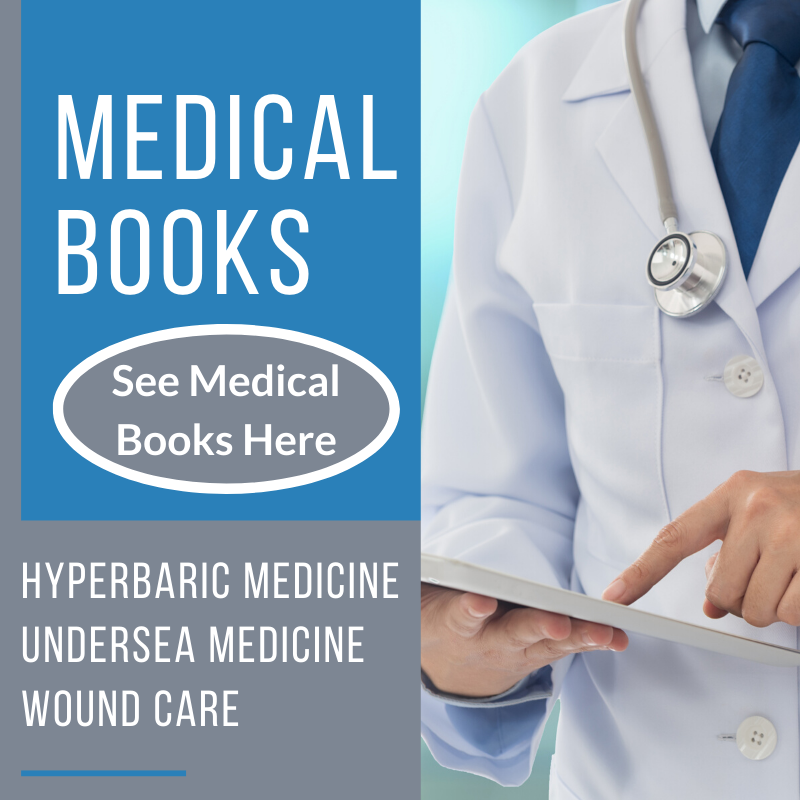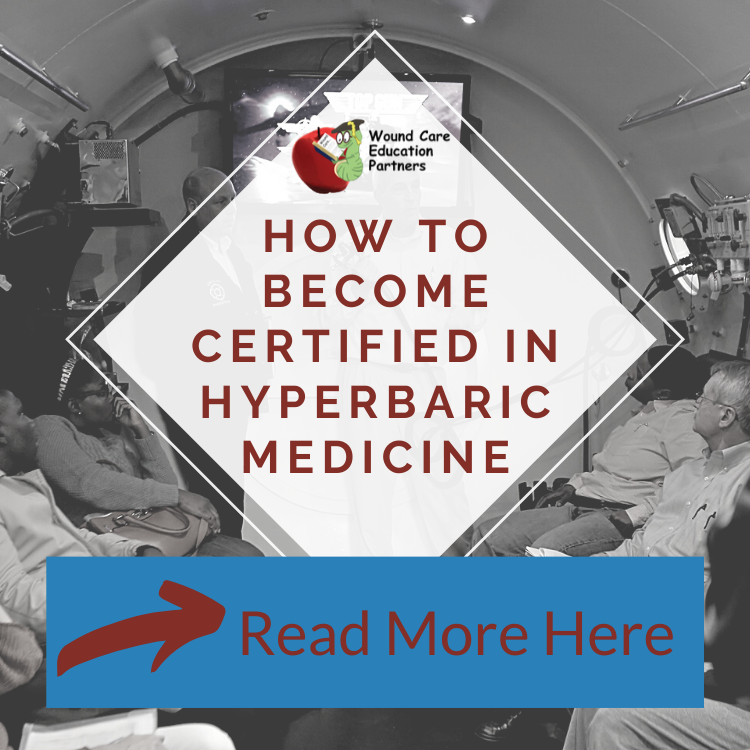Wound cleansing and disinfection
All wounds should be cleansed at each dressing change, before and after debridement, and in the event of contamination using a neutral, nonirritating, nontoxic solution, and routine cleansing should be accomplished with every effort to minimize chemical and/or mechanical trauma.(60-61) An exception to the requirement for routine cleansing may be the recent application of a skin graft or cellular tissue product, which should be left undisturbed; in this case the surrounding skin should be cleansed.
Holiday Customer Support Closure
Please note that our customer support will be closed for the holidays starting December 24th through January 4th.
DEPTH Blog
WOUND CARE AND HYPERBARIC FACILITY PROGRAM DIRECTORS
The following three publications provide new and seasoned program directors access to the policies and procedures to lead their clinic in the safe and effective operational practices of Hyperbaric and Wound Care Facilities. These books are the foundational texts used in the Certified Hyperbaric Program Director. This pathway is specifically designed to support the success of facility leaders. Take a look at these books and additional resources available for hyperbaric and wound care facility directors.
Acute wounds normally heal in an orderly and efficient manner and progress smoothly through the four distinct but overlapping phases of woundhealing: hemostasis, inflammation, repair, and remodeling (Figure 1). The process of wound healing is complex and involves a variety of specialized cells, such as macrophages, fibroblasts,and epithelial and endothelial cells. These cells interact with each other and with the extracellular matrix. In addition to the various cellular interactions, healing is also influenced by the action of proteins and glycoproteins, such as cytokines, chemokines, growth factors, inhibitors, and their receptors. Each stage of woundhealing has certain milestones that must occur in order for normal healing to progress.
BEST PUBLISHING COMPANY
Publishing Educational Books on Diving, Wound Care,
and Hyperbaric Medicine since 1966.
NEW RELEASE- Hyperbaric Medicine Practice 5th Edition
We are thrilled to announce that Dr. David Charash has been named Beneath the Sea Diver of the Year 2025 for Science! This well-deserved recognition celebrates his remarkable and lasting contributions to the diving community. Dr. Charash will be formally honored on Saturday, March 29, 2025, at the Beneath the Sea Awards Reception and Banquet.
Skin is an integumentary system at the interface between the human organism and its environment. The boundary limits of skin are found at its transition to mucosal surfaces of the respiratory, alimentary, and urogenital systems; at the conjunctival epithelium of the eye; at the ductal epithelium of the lacrimal and mammary ducts; and at the tympanic membrane of the ear.

